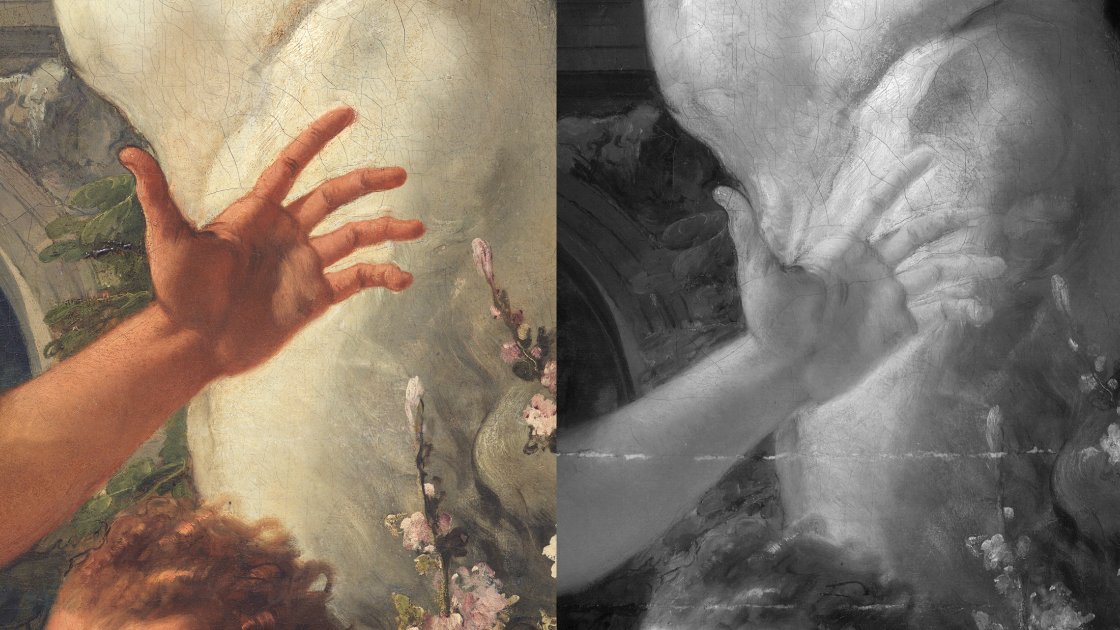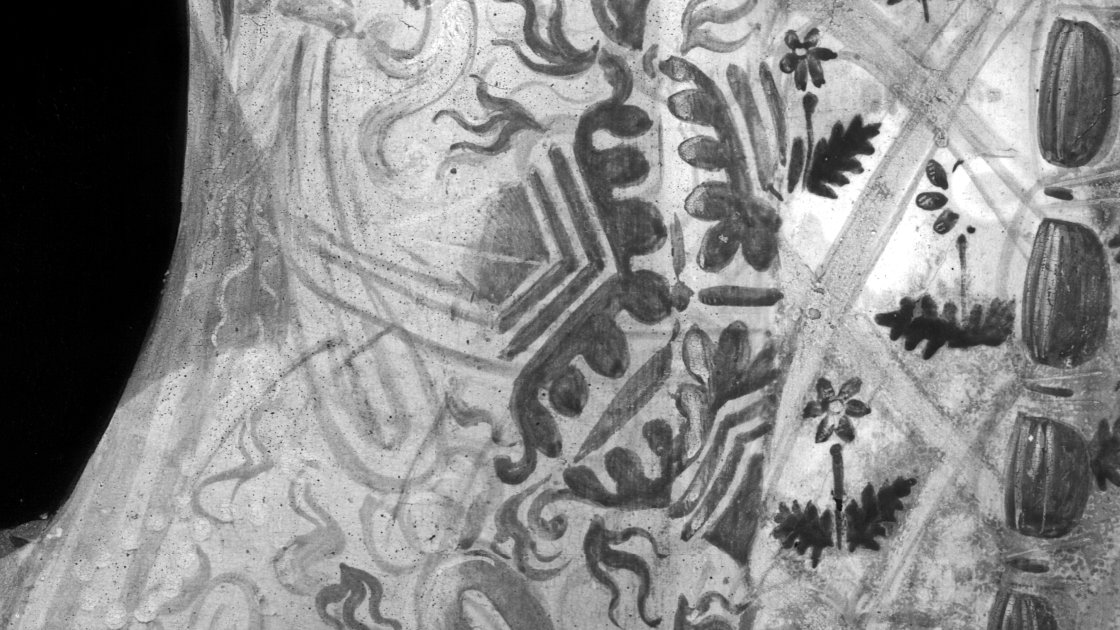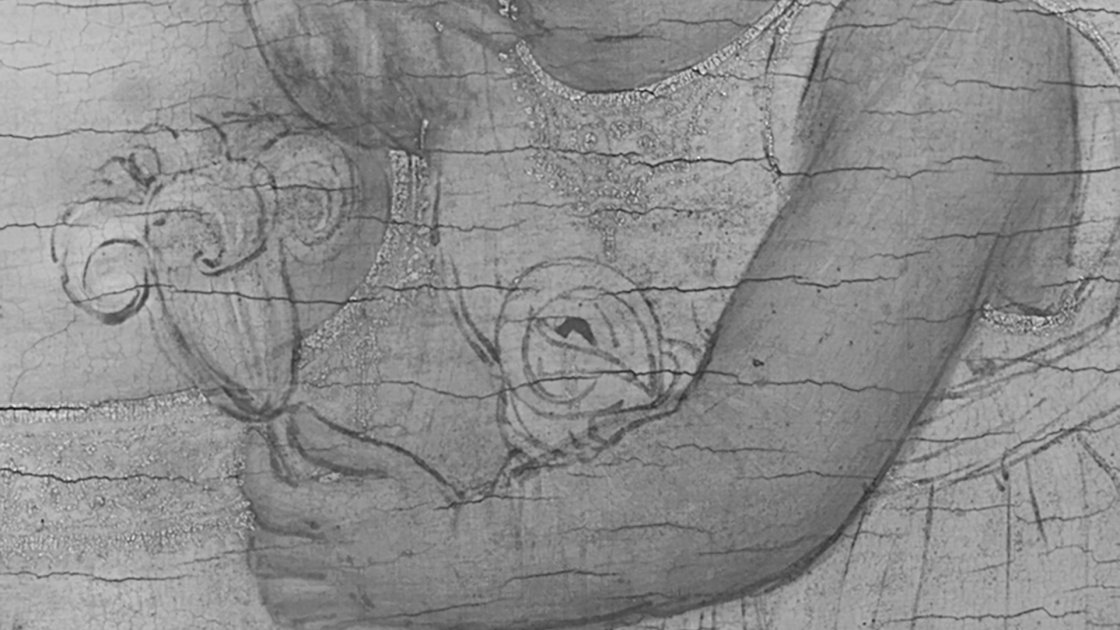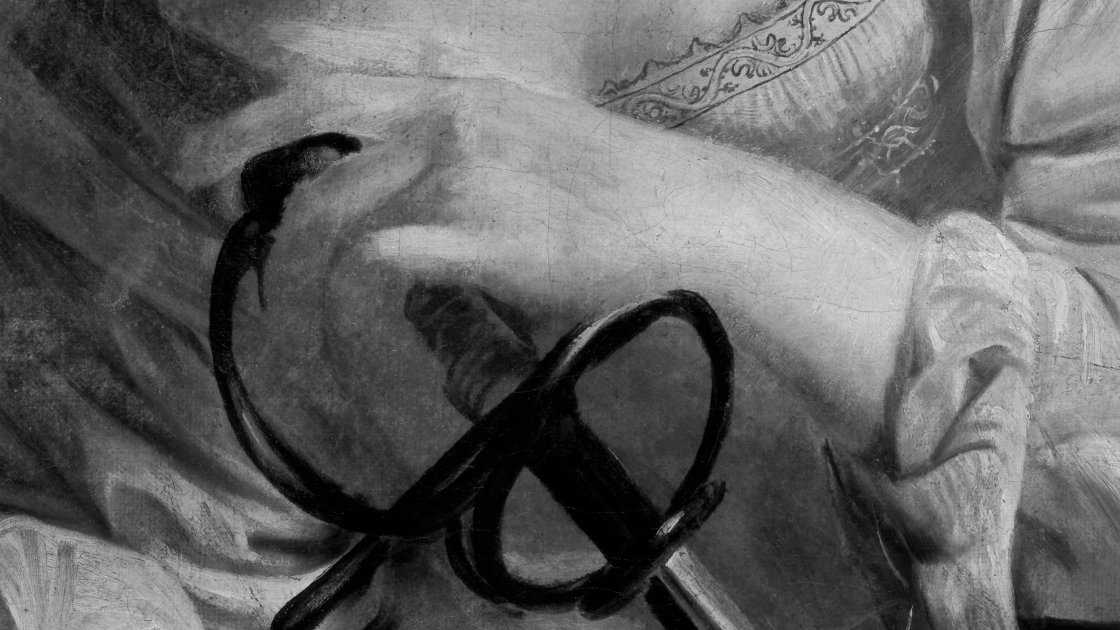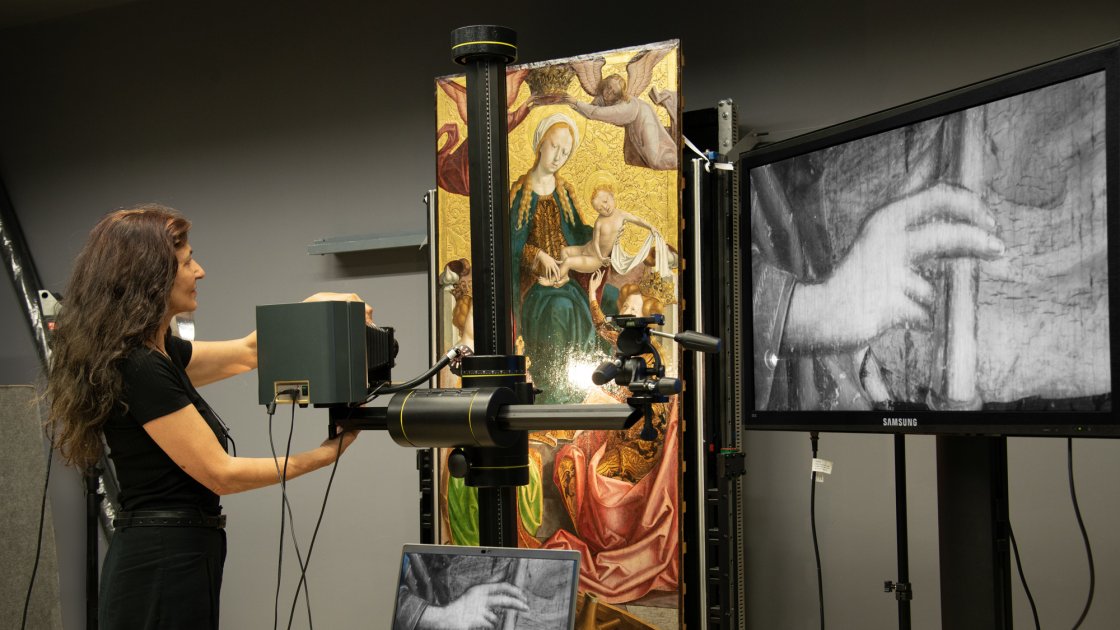Infrared Reflectography
This procedure consists in capturing infrared radiation that is invisible to the human eye using an appropriate technique. The range of the electromagnetic spectrum encompassed by infrared radiation, estimated to be above 760nm given its wavelength, is capable of passing through the layer of varnish and some pigments, enabling us to see the underlayers of the artwork: drawings, corrections or pentimenti, reuse of canvases or hidden inscriptions.
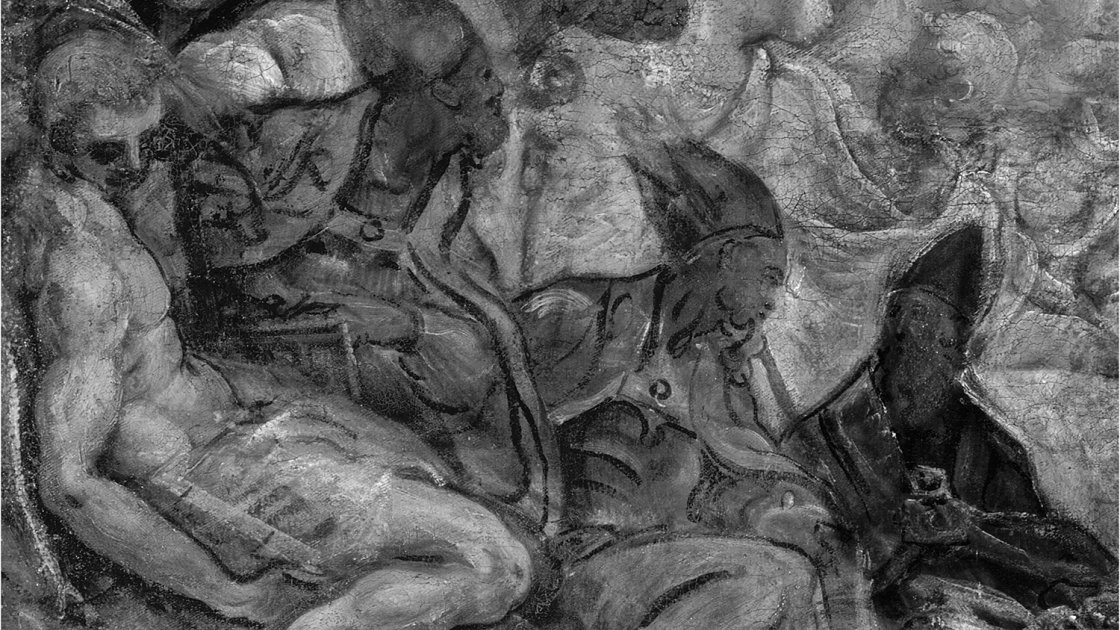
Hidden Strokes
Infrared reflectography applied to the study of paintings tells us about the processes involved in executing a work of art and the technique used by the artist to create the composition, as well us recording underdrawings when the technical characteristics are appropriate. We can therefore detect possible corrections or alterations made to the composition by the artist during the execution process. It provides information that can be used to establish lines of work by comparing preparatory drawings, and tells us about possible manipulations, state of conservation and previous interventions.
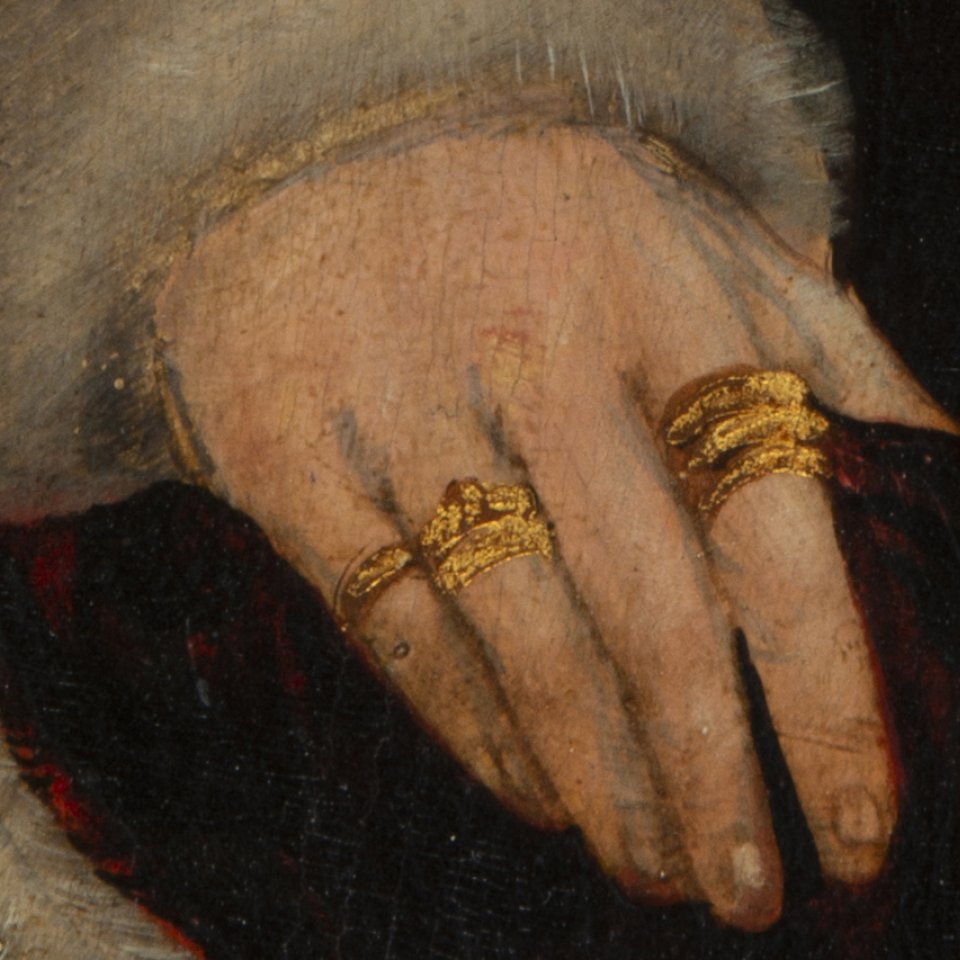
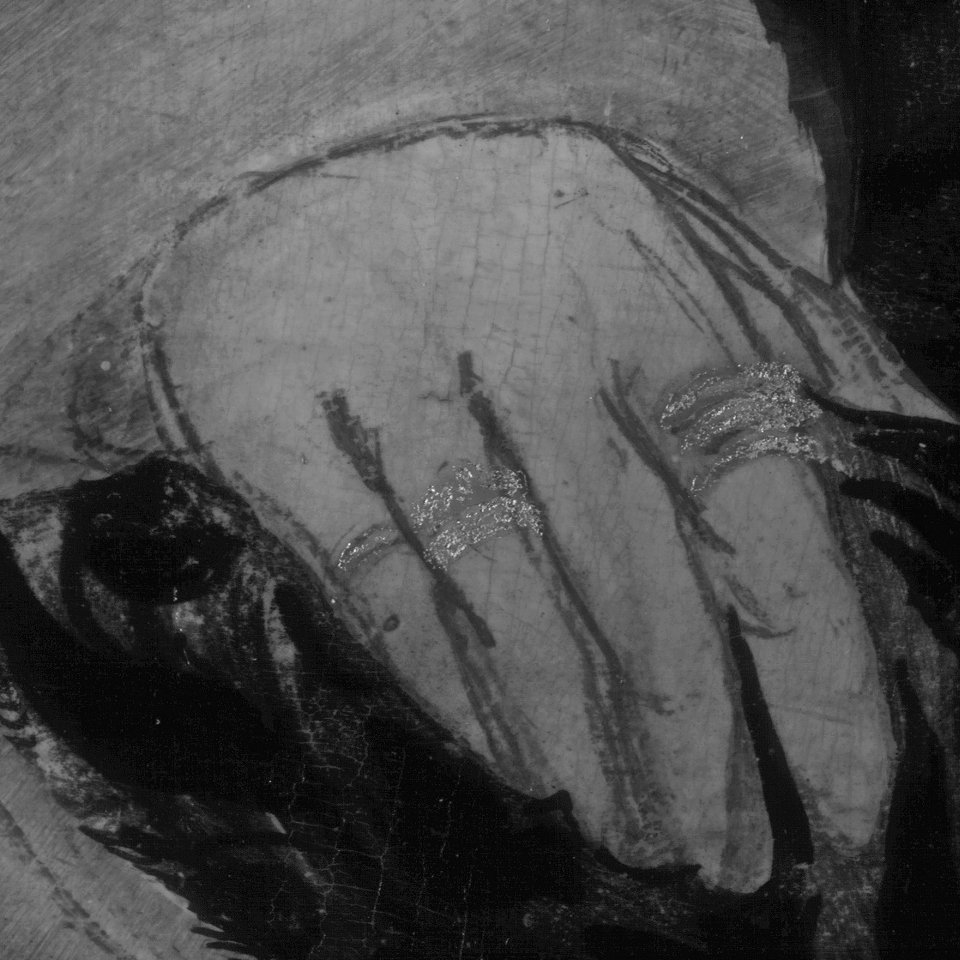
In the examples we can see the marks that the artists used as a reference when they began to add the paint layers to their compositions. We can even detect subtle shading lines and the presence of large semicircular strokes on the floor tiles marking the shadow the figure casts on the ground.
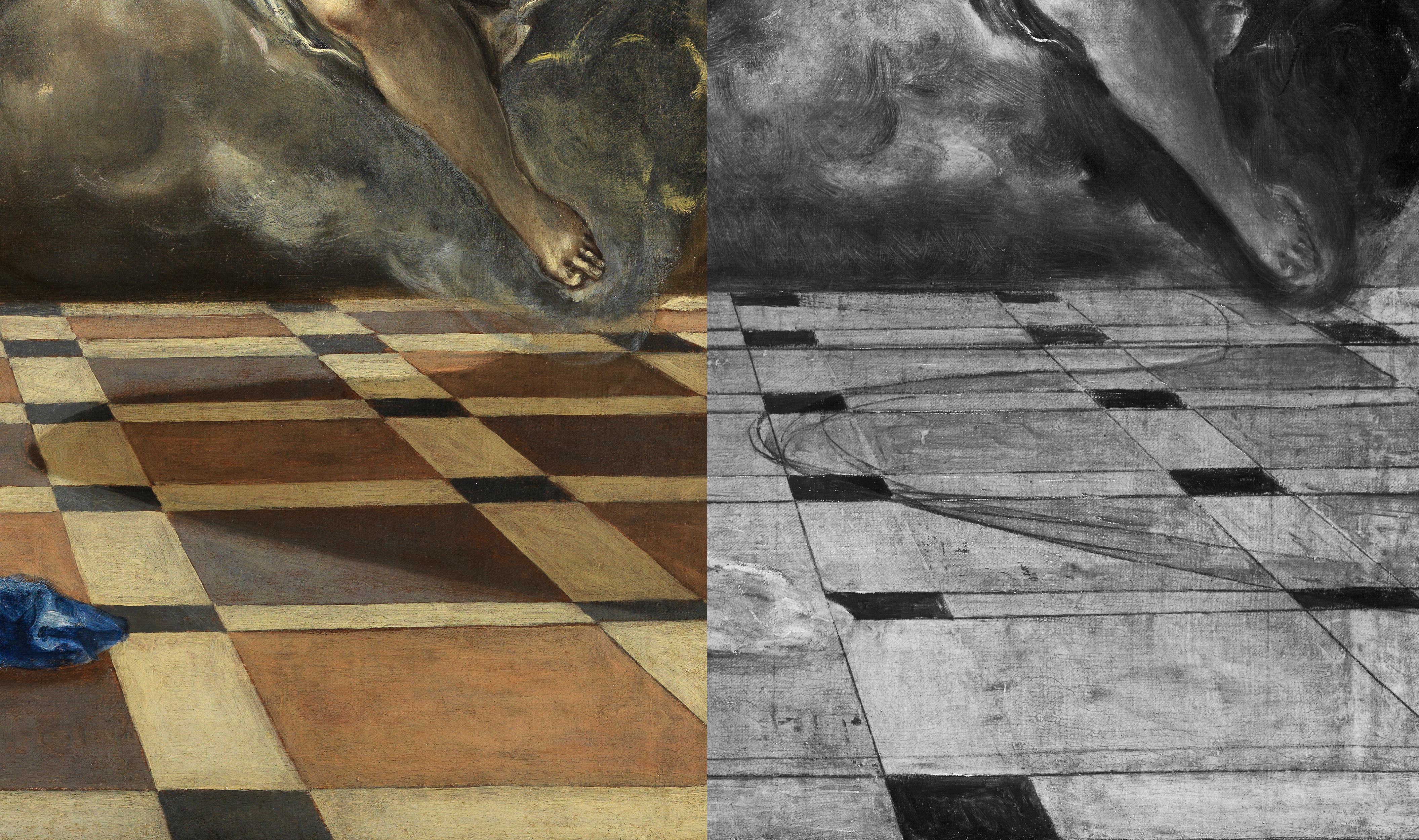
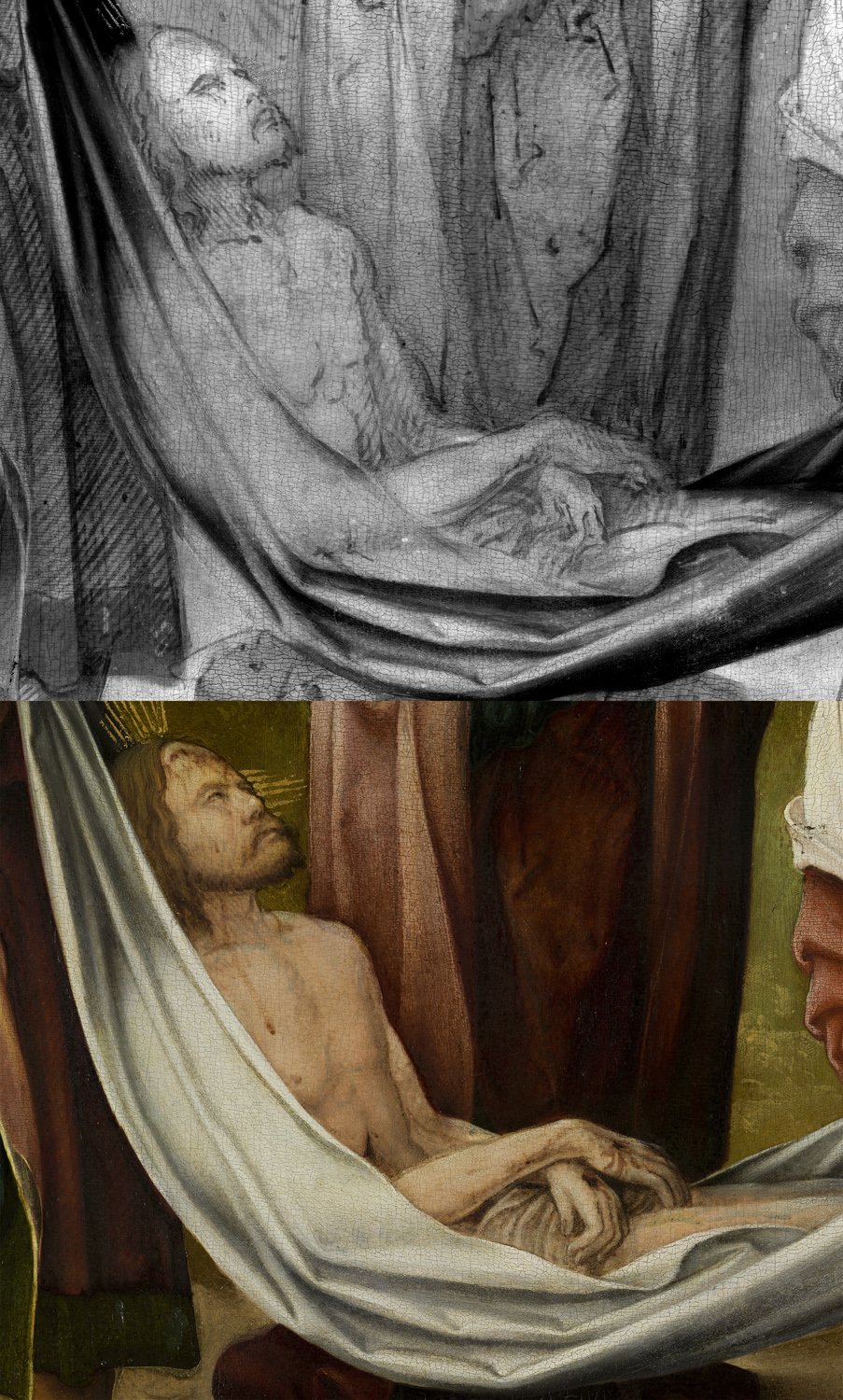
Systems for Capturing Images
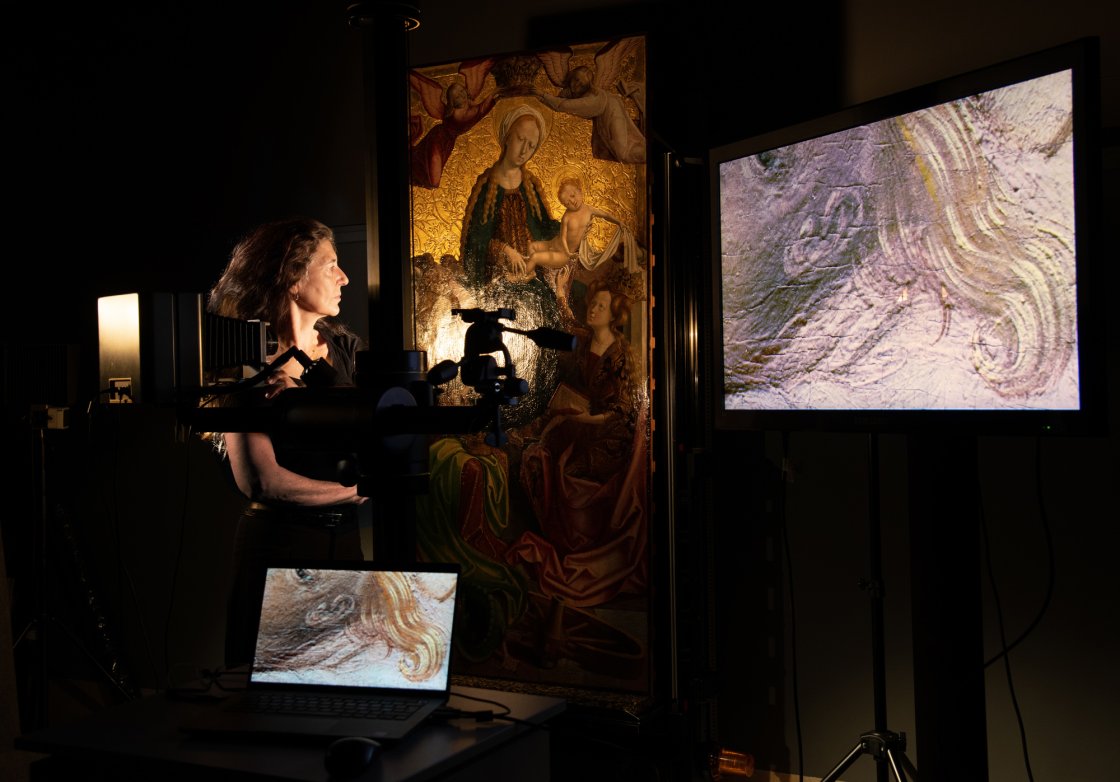
The images are captured using specialised equipment designed specifically for use in this field. The Osiris camera, created by Opus Instruments in collaboration with the National Gallery in London, is a system that provides high-resolution, high-speed images in a portable camera.
The Osiris features an internal mechanical scanning system to create high-quality, 16-megapixel images using a leading InGaAs line sensor. This is driven by a microcontroller at the heart of the camera to move the infrared sensor with precision and accuracy while it captures up to 64 individual reflectograms. These are sent to a PC via USB connection, where the dedicated software automatically assembles and stitches them into a full-resolution reflectogram mosaic.

